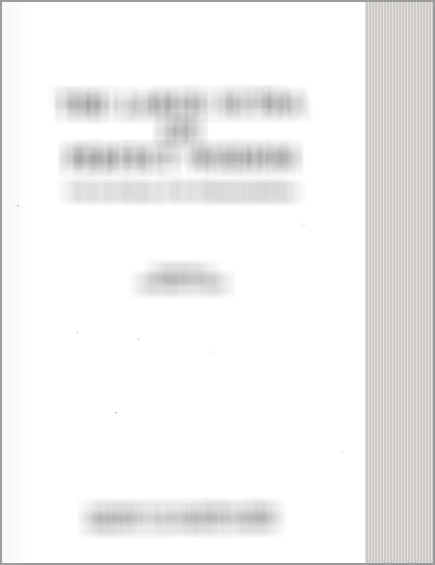Vinaya Pitaka (3): Khandhaka
by I. B. Horner | 2014 | 386,194 words | ISBN-13: 9781921842160
The English translation of the Khandhaka: the second book of the Pali Vinaya Pitaka, one of the three major ‘baskets’ of Therevada canonical literature. It is a collection of various narratives. The English translation of the Vinaya-pitaka (third part, khandhaka) contains many Pali original words, but transliterated using a system similar to the I...
On going to Bālakaloṇaka
Kd.10.4.1 Then the Lord,[1] having spoken these verses as he was standing in the midst of the Order, approached Bālakaloṇakāra village.[2] Now at that time the venerable Bhagu was staying in Bālakaloṇakāra village. Then the venerable Bhagu[3] saw the Lord coming from afar; seeing him, he made ready a seat, set out water for the feet, a footstool, a foot-stand, and having gone to meet him, he received his bowl and robe. Then the Lord sat down on the seat made ready; as he was sitting down he had his feet bathed. And the venerable Bhagu, having greeted the Lord, sat down at a respectful distance. As the venerable Bhagu was sitting down at a respectful distance, the Lord spoke thus to him: “I hope, monk, things are going well, I hope you are keeping going, I hope you are not short of almsfood.”
“Things are going well, Lord, I am keeping going, Lord, and, Lord, I am not short of almsfood.” Then the Lord, having delighted, rejoiced, roused, gladdened the venerable Bhagu with talk on dhamma,[4] rising from his seat, departed for the Eastern Bamboo Grove.[5]
Footnotes and references:
[1]:
MN.iii.154 continues in accordance with above, and cf. Ja.iii.489.
[2]:
See Dictionary of Pali Proper Names for uncertainty of the reading (MN.iii.154, Ja.iii.489, MN-a.iii.55, MN-a.iv.206 read -gāma; Dhp-a.i.56, SN-a.ii.304, Thag-a.i.380 (Siamese edition) read -ārāma), and for the Majjhima Commentary’s (MN-a.iii.55) two interpretations of the meaning of the name.
[3]:
[4]:
According to MN-a.iv.206 this was on the advantages of solitariness.
[5]:
Pācīnavaṃsa (miga) dāya. See AN-a.iv.117 for interpretation of the name. Mentioned at (besides MN.iii.155) Thag.155, AN.iv.228, Dhp-a.i.56, Thag-a.86.
